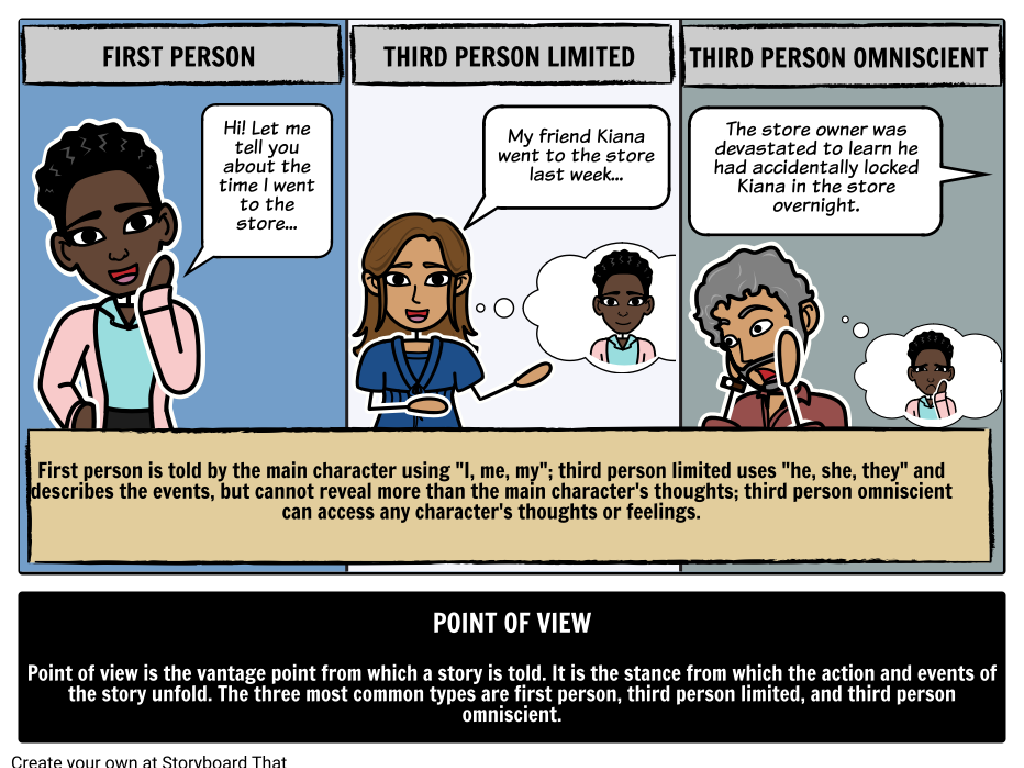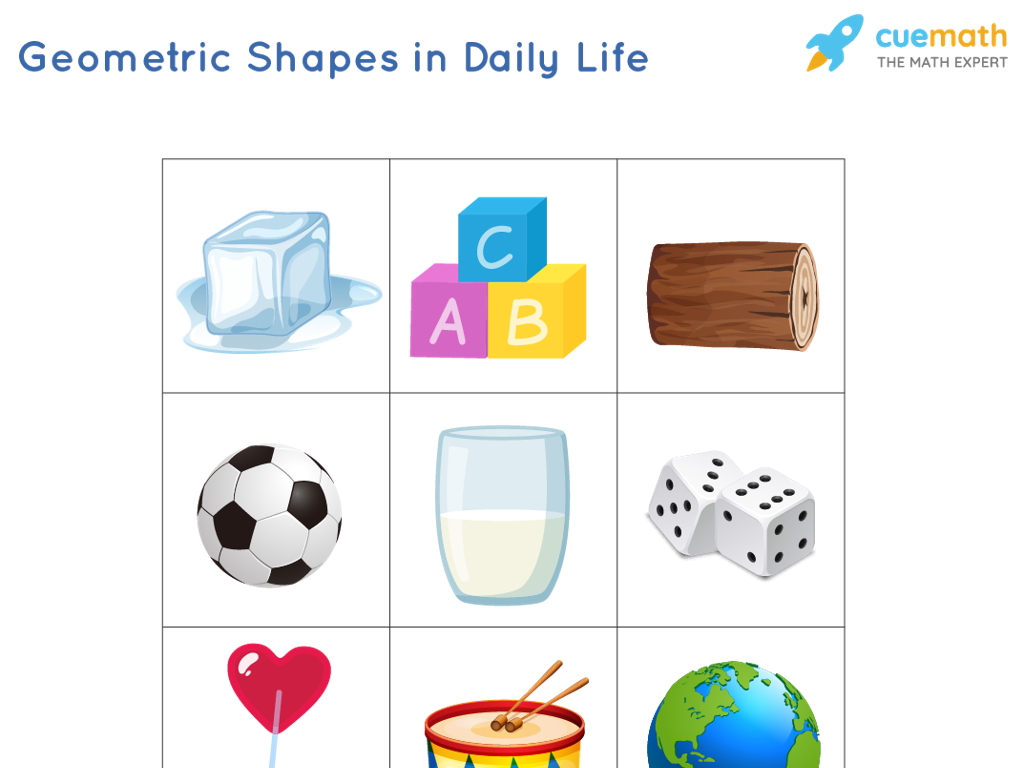Identify The Meaning Of Idioms And Adages: Set 2
Subject: Language arts
Grade: Fourth grade
Topic: Idioms And Adages
Please LOG IN to download the presentation. Access is available to registered users only.
View More Content
Exploring Idioms and Adages
– Understanding idioms and adages
– Phrases with a meaning different from the literal words
– The purpose of idioms and adages
– To express ideas in a creative or catchy way
– Examples in everyday language
– ‘Piece of cake’ means something is easy, ‘Break the ice’ means to start a conversation
– Practice with common sayings
– ‘The early bird catches the worm’ teaches that being early can lead to success
|
This slide introduces students to idioms and adages, which are phrases with meanings that can’t be understood from the individual words alone. Idioms and adages enrich language, making it more vivid and expressive. They are used to convey wisdom, common truths, and cultural nuances in a memorable way. Provide examples like ‘a piece of cake’ to illustrate idioms and ‘the early bird catches the worm’ for adages. Encourage students to think of phrases they’ve heard at home or in media. In the next class, we’ll delve into identifying the meanings of these phrases and understanding their usage in context.
Understanding Idioms: Finding Hidden Meanings
– What are idioms?
– Phrases where the meaning isn’t obvious from the words themselves
– ‘A piece of cake’ idiom
– This phrase means something is very easy to do
– Idioms have non-literal meanings
– Discovering idioms’ hidden meanings
– We’ll learn to interpret idioms by looking at context clues
|
This slide introduces students to the concept of idioms, which are phrases that cannot be understood by the literal interpretation of the words. Use ‘A piece of cake’ as an example to show that idioms express meanings that are different from the direct meanings of the words. Explain that idioms are a fun part of language and often used in everyday conversation. Encourage students to think about idioms they have heard before and what they think those idioms mean. The goal is to help students start recognizing idioms in speech and literature and use context to figure out their meanings.
Exploring Adages
– Understanding adages
– Short sayings with timeless truths
– ‘Early bird’ adage meaning
– Being early increases chances of success
– Adages in daily life
– They offer wisdom for everyday decisions
– Reflect on adages you know
|
Adages are brief, often metaphorical sayings that express universal truths and offer practical wisdom that has stood the test of time. They are passed down through generations and can be found in many cultures around the world. An example like ‘The early bird catches the worm’ is a great way to illustrate how being proactive and punctual can lead to success. Discuss with students how these sayings can guide their actions and decisions in everyday life. Encourage them to think of adages they have heard at home or in school and reflect on their meanings. This will help them understand the value of shared human wisdom encapsulated in these phrases.
Idioms in Action
– Understanding idioms in sentences
– Idioms add color to language; they don’t mean what the words say, like ‘It’s raining cats and dogs!’
– Discussing idioms’ meanings
– ‘Break a leg’ doesn’t mean to literally break a leg, it means ‘Good luck!’
– Group activity: crafting sentences
– Work together to use idioms in new sentences. Be creative!
– Share and learn from classmates
– Each group will present their sentences and explain the idioms used.
|
This slide is designed for a class activity focused on idioms. Begin by showing examples of idioms used within sentences and discuss their figurative meanings as a class. For the group activity, students will create their own sentences using idioms from a provided list. This encourages creativity and deeper understanding of idiomatic expressions. After the activity, groups will share their sentences with the class, explaining the idioms they chose. This peer learning approach reinforces comprehension and allows students to learn from each other. Possible idioms for the activity include ‘Piece of cake’, ‘Spill the beans’, ‘Out of the blue’, and ‘Hit the hay’.
Adages in Our Lives
– Discover adages from experiences
– Think of sayings that relate to things you’ve done
– Share stories with adages
– Tell the class a story where an old saying fits perfectly
– Discuss adage relevance today
– Why do you think these old sayings are still used by people?
– Reflect on the wisdom of adages
|
This slide aims to engage students with the concept of adages by connecting them to personal experiences. Start by explaining what an adage is: a short, commonly known saying that expresses a general truth or piece of advice. Encourage students to think of adages they have heard at home or in school and to identify any that relate to their own life experiences. Prompt them to share stories where an adage applies, fostering a deeper understanding of the saying. Facilitate a class discussion on why these adages have stood the test of time and how they continue to be relevant in modern society. This activity will help students appreciate the timeless wisdom of adages and understand their continued significance.
Idioms and Adages Matching Game
– Learn idioms and adages through play
– Match phrases to their meanings
– Example: ‘Piece of cake’ means something very easy
– Pair up for a teamwork challenge
– Share ideas and help each other understand
– Reflect on the game’s learning outcomes
– Discuss what new phrases you’ve learned
|
This interactive game is designed to help students understand idioms and adages by matching them with their meanings. Encourage students to work in pairs to foster collaboration and discussion, which will aid in their comprehension of these figurative language elements. Provide a list of common idioms and adages along with a list of their meanings for students to match. After the game, have a reflection session where students can discuss the new phrases they’ve learned and how they might use them in conversation or writing. This activity not only makes learning fun but also reinforces the understanding of idiomatic expressions and proverbial sayings, which are often challenging for young learners.
Create Your Own Idiom or Adage
– Invent a new idiom or adage
– Combine words in a unique way to express an idea
– Explain your idiom’s meaning
– What lesson or advice does your phrase give?
– Prepare to present to the class
– Think outside the box
– Be creative and have fun with language
|
This slide encourages students to use their creativity to understand idioms and adages better by creating their own. An idiom is a phrase where the words together have a meaning that is different from the dictionary definitions of the individual words. An adage is a short, memorable saying that is considered to be a universal truth. Students should think about the figurative meaning behind their creation and be ready to explain how it can be applied in everyday life. This activity will help them grasp the concept of idioms and adages more deeply and appreciate the nuances of language. For the teacher: Provide examples of well-known idioms and adages to inspire the students. Offer guidance on how to think metaphorically and encourage students to share their thoughts during the presentation. This will foster a supportive environment for creativity and learning.
Class Activity: Idiom/Adage Illustration
– Pick an idiom or adage
– Draw literal and figurative meanings
– Show both the actual and the implied meaning through your art
– Share your drawing with the class
– Explain the meaning of your phrase
– Tell us what the phrase means and how your drawing represents it
|
This activity is designed to help students understand idioms and adages by engaging their creative skills. By illustrating both the literal and figurative meanings, students can better grasp the non-literal nature of these phrases. For example, ‘a piece of cake’ could be shown as an actual cake and then as someone completing a task easily. Teachers should encourage students to think creatively and provide a variety of idioms and adages for them to choose from. Possible activities could include drawing ‘let the cat out of the bag’ or ‘hit the nail on the head’. This exercise will help students remember these expressions and their meanings more effectively.
Review and Reflection: Idioms and Adages
– Recap on idioms and adages
– Idioms and adages add color to our speech and help us express ideas creatively.
– Significance in language
– They show cultural richness and make conversations engaging.
– Share your interesting finds
– Discuss an idiom or adage that stood out to you.
– Reflect on today’s learning
– Think about how idioms and adages affect the way we communicate.
|
This slide aims to consolidate the day’s learning about idioms and adages. Start by asking students to summarize what they’ve learned about these phrases. Discuss why idioms and adages are important, highlighting their role in making language more vivid and expressive. Encourage students to share the idioms or adages they found most intriguing, and have them explain why. This reflection helps students appreciate the nuances of language and the cultural significance behind common expressions. It also reinforces their understanding and encourages them to think critically about how language is used in everyday communication.
Homework: Idioms and Adages Hunt
– Find 5 idioms or adages
– Look in books, TV, or daily talks
– Write down their meanings
– What do these expressions really mean?
– Note the context of use
– How were they used in the sentence?
– Get ready for a class discussion
|
This homework assignment encourages students to explore idioms and adages outside the classroom, helping them understand how these phrases add color to language. Students should be instructed to pay attention to the context in which the idioms and adages are used, as this can greatly affect their meaning. Remind them that idioms and adages are not meant to be taken literally. During the next class, plan for a discussion where students can share their findings, explain the meanings, and describe the context in which they were used. This will enhance their comprehension and ability to use idiomatic language effectively.






